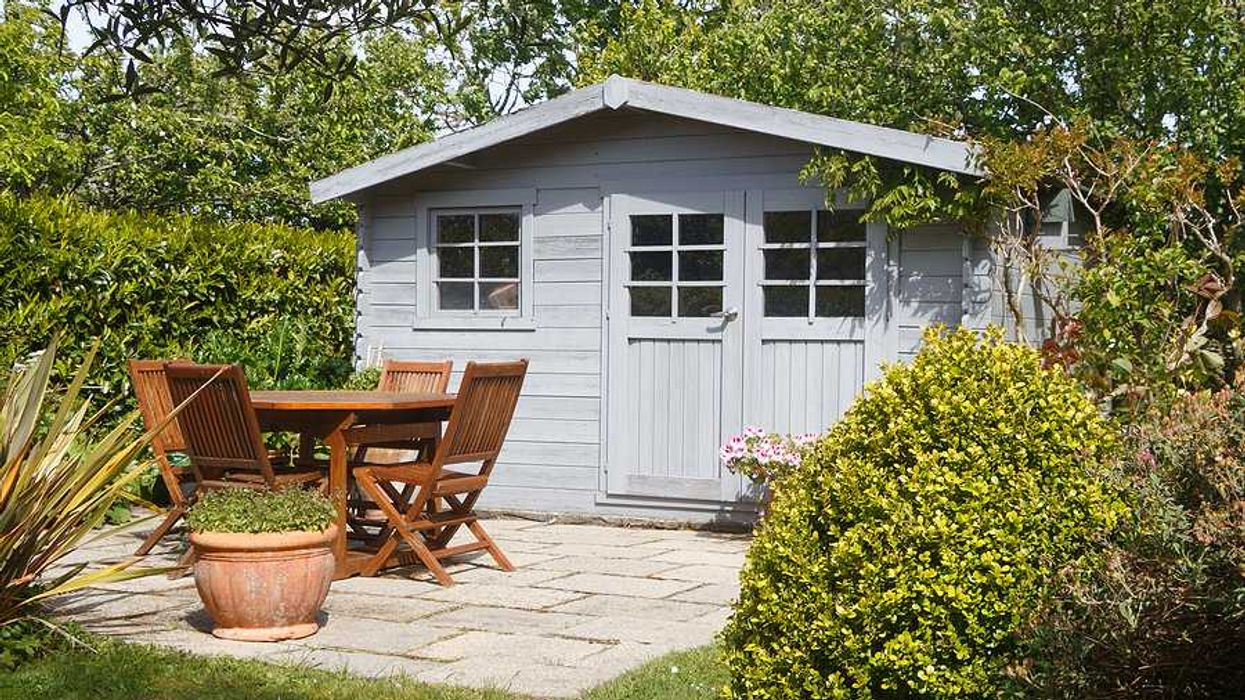Walking is great exercise —getting air into the lungs and the blood pumping. But for adults over 60, walking in cities with heavy air pollution counters the health benefits, according to a new study.
The study, published in The Lancet, is the first to show the harmful impacts of air pollution to the lungs and hearts of people walking at a normal pace and suggests that it's wise to seek out clean air and green space when choosing your route for a stroll.
"If people exercise in the right place they get the health benefits, if they exercise in a heavily polluted place, they're not getting the benefits that they should," said co author of the study, Jim Zhang, a professor of global and environmental health at Duke University.
Zhang and colleagues tracked 119 adults—some had chronic obstructive pulmonary disease (COPD) or heart disease, some were healthy—over the age of 60 after the participants did two-hour walks on Oxford Street and Hyde Park in London. Oxford Street has higher traffic and increased concentrations of black carbon, nitrogen dioxide, particulate matter and other harmful contaminants.
The scientists found that after walking on Oxford Street those with COPD experienced more coughing, shortness of breath and wheezing. For all walkers, the less-polluted air of Hyde Park was linked to more lung function and decreases in artery stiffness—these benefits were not seen after they walked on Oxford Street.
"The current data are sufficiently compelling to advise older adults and chronic pulmonary and cardiac participants to avoid walking in highly polluted environments such as city streets with high traffic density," the authors wrote.
Zhang said for the people with heart disease, those taking medication seemed to experience fewer adverse impacts from the Oxford Street pollution.
The study adds to a huge body of research showing air pollution is a major health risk—causing an estimated 5.5 million deaths per year, according to the World Health Organization.
Exposure to air pollution over long periods of time is linked to premature deaths via heart disease and COPD; while short term exposure is linked to reduced lung function, increased hospital visits due to breathing problems and restricted blood flow to the heart.
For many elderly people, or those with health problems, walking is the only exercise option, said co author of the study, Fan Chung, a professor of respiratory medicine at Imperial College's National Heart & Lung Institute.
Avoiding pollution may not be so easy in a city like London—the entire city exceeds World Health Organization health limits for small particulate matter (PM2.5), according to a report released in October.
Today I've announced that London is to trial a major new air quality monitoring system to analyse harmful pollution in up to 1,000 toxic hot spots across the city. pic.twitter.com/n35OSrljQB
— Sadiq Khan (@SadiqKhan) December 5, 2017
Yesterday, however, the mayor of London, Sadiq Khan, announced an expansion of air quality testing in the city, which will put monitoring at 1,000 locations.
In addition, if goals are met under a UK bicycling and walking report released in April, there would be an estimated 12,000 fewer deaths from air pollution over next 10 years, according to a new study from UK-based Sustrans, which advocates for more walking and cycling.
Such changes would also bolster the economy to the tune of an estimated $12.5 billion (or 9.3 billion British pounds).
"At a time when road transport is responsible for the majority of air quality limit breaches in the UK, it has never been more important to reduce the number of motorized vehicles on our roads," Xavier Brice, CEO for Sustrans, said in a statement.
















